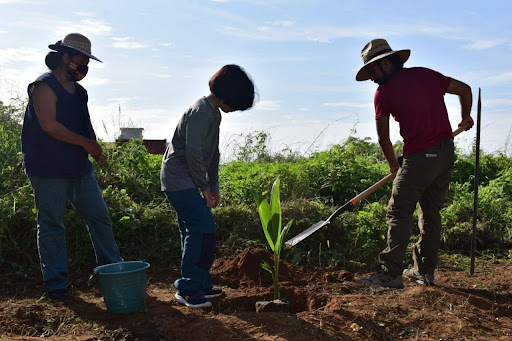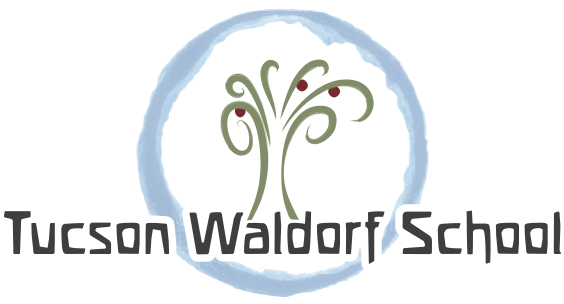
In this interview for Hispanic Heritage Month, we learn about new parent Rocio Cervantes and some of her family’s traditions and experiences.
Q: Rocio, tell me a little bit about yourself and your family and what brought you to Tucson Waldorf School.
A: I want to give thanks for this opportunity to share my experience with the TWS community. I want to give thanks to the beautiful energy, and the elements that give life to us.
Since Akatl was ready to start kindergarten, I started looking for a school that fit my expectations, a school that let us include our values, our traditional roots, as family, as children in the way we schooled our child. It was a hard decision and I kept searching for a school, but public school was not the answer. Montessori was a good option and geographically accessible, but something was still missing – the values. One of the most important values is to maintain the connection with our roots, our traditions. Then we learned about Waldorf pedagogy. At that time we were living in California, and there was not a Waldorf school in the city we were in. For that reason, we chose to start homeschooling, almost 7 years doing homeschool. Many of the things we as parents were trying to teach Akatl was based in the idea of Waldorf principles. As parents we learned about this pedagogy that let us incorporate some of our values: Connected with mother earth, protect her, learn how to plant seeds, but also the idea of art, the way to learn new things, and a very important point during these times, minimal use of electronic devices while learning or socializing.
Q: What has your experience at TWS been like so far?
A: In general we feel grateful to be part of this community. I am happy to see Akatl motivated and learning new things and having fun with other children. We find that we are still learning about the school culture as best we can at a distance during these times.
Q: What would you like to share with the community about your traditions, educational resources, or ideas for Hispanic Heritage Month?
A: One thing I would like to share with the community is based on my academic work and also part of my tradition; music and songs, which in my culture we call “Flor y Canto” (flower and songs). The beauty and the good intention (represented by the flower) of the word and sound (songs) are a way of healing for the individual and the community. My work is based on this idea: how songs have positive benefits on three levels – emotional, physical and spiritual. I also explore how Flor y Canto is an important tool that helps with language acquisition and preservation, an example being Maestra Moreno using songs in Spanish class.
To celebrate, anytime, I want to share a song:
“Cuida esta Flor, cuidala en tu corazón,
porque te quiero, porque te quiero,
del fondo de mi corazón”
Care for this flower, care for it with your heart,
Because I love you, because I love you
From the bottom of my heart.
Xiquiyehua In Xochitl,
Xiquiyehua ipan moyolotl,
Pampa ni mitz tlazohtla,
Pampa ni mitz tlazohtla,
Ica nuchi noyolotl.”
Here are some links to watch and sing along, that represents “Flor y Canto”
